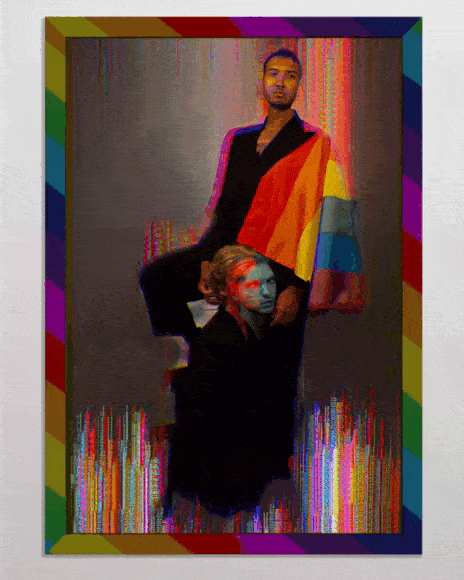The impact of NFT's on the beauty industry
The connection between NFTs technology and the beauty sector could appear random. But if a brand like Estée Lauder hasn't had any reservations about plunging into the algorithmic metaverse, it's because every cosmetics company has a vested stake in doubting the potential of NFT adoption. This widespread acceptance of NFTs for cosmetics appears to be just a question of time. This begs the question, is the rise of NFTs in the beauty industry a need, or just a formality to keep up with tech, do you think NFTs are needed in the beauty industry?
Being a digital asset, an NFT brings together a variety of singular facts that are essential to its singularity. Despite being a token, the NFT's value is distinct, hence it cannot be exchanged. It can only be acquired after a purchase, which happens more frequently with cryptocurrency. NFTs also have the unique characteristic of making the owner of the dematerialized good the exclusive owner. Due to the decentralized and collaborative verification occurring on the blockchain, it is recognized that the NFT cannot be faked. In summary, the non-fungible token checks the boxes of being certified, authenticated, non-transferable, possessing inviolable property, and having special qualities.
The use of NFTs in the cosmetics sector paves the way for additional forms of the brand or community to be exploited.
The first NFT in the beauty industry
The Nars cosmetics company enlisted three artists, Sara Shakeel, Azéde Jean-Pierre, and Nina Kraviz to commemorate one of its iconic items: the Orgasm blush. The goal was to transform a spectacular work of art into the spirit of this flagship product. Artist Shakeel devised a film to depict pink lips that are dazzling with crystals and maintain a tremendous wave of water in the mouth. This blush was well-represented because it closely resembles the peach and pink hues of Nars' Orgasm product. The objective of this NFT is to recreate the sensory experience of the singular shade of the Orgasm product through digital works.
How to incorporate NFTs in your brand
Reinforcing a certain message is the best approach to stay on consumers' minds and to reestablish the connection between the beauty sector and NFTs. This can be supporting a cause or giving greater significance to the principles we uphold. It's a fantastic approach to develop your brand identity through a venture unrelated to the marketing of cosmetics or anything else in the beauty industry. By doing this, the brand can win over a new audience that is younger and more receptive to large-scale technologies, in addition to its typical target market.
More NFTs by beauty brands
Value of Touch- NIVEA
With the sale of its "Value of Touch" NFT, Nivea was able to win that wager, which had the added benefit of reinforcing the value and significance of touch once more. The survey that formed the basis for this NFT showed that 88% of respondents valued sight above all other senses. Nivea sought to give the sense of touch its former strength with the NFT and a delicate tone. The co-designer of this piece, a young woman with vision impairment, was also at that age. She became aware of how undervalued touch is as a sense in this physical state.
A collection of 1952 artistic digital assets was auctioned off by Givenchy Parfums and London-based artist Amar Singh. The non-profit organization LGBTQ+ Le Mag Jeunes was expected to receive the proceeds from this sale. It's a means of expressing support for underrepresented groups.
So, what is the verdict about the impact of NTFs on the beauty industry?
Consumers do not worry about fake goods when they receive the physical object because the digital good is certified. At the level of the product's components or supply chain, this creates a fair relationship between the brand and its customers. The brand has flexibility with its NFT collections as well.
The royalties associated with the resale of these made-up NFTs will be of use to the brand. Based on the ongoing exchange of NFTs, this does certainly create an almost endless potential for income.
Our take
There’s a fine line between keeping up with trends for the sake of your brand and consumers and investing in unnecessary ventures that, when you take a step back and think about it, your brand may not need. Investing in NFT’s as a beauty brand may not hold that much relevance which begs a greater question; do you know which trends are worth hopping on the nad wagon for? Do you know which trends align with your brand? We’ll leave you with that though!





